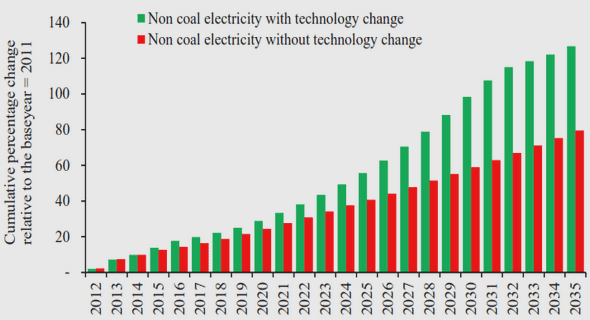(Downloads - 0)
For more info about our services contact : help@bestpfe.com
Table of contents
1 introduction
1.1 The process of low mass star formation
1.1.1 The prestellar phase
1.1.2 The protostellar phase
1.1.3 The Protoplanetary disk phase
1.2 The results of the star formation process
1.2.1 Stars
1.2.2 Planets
1.2.3 Asteroids and comets
1.3 The interstellar heritage of planetary systems
1.3.1 Whats is a reservoir?
1.3.2 What are the different reservoirs that we see in the Solar system today
1.3.3 What are the different reservoirs that we see in the dense interstellar medium
1.4 How do we trace the heritage of reservoirs?
1.4.1 Isotopic ratios as a tool to follow reservoirs
1.4.1.1 D/H ratio as a tracer of interstellar heritage
1.4.1.2 Using Carbon Isotopic ratio to elucidate formation mechanisms of carbon chains
1.4.2 The puzzle of the isotopic ratio of nitrogen in the Solar System
1.4.3 The PhD project
2 the isotopic ratio of nitrogen
2.1 Nucleosynthesis of nitrogen
2.2 Nitrogen in the ISM and circumstellar environments
2.3 Measuring the isotopic ratio of nitrogen in the ISM
2.3.1 Direct methods
2.3.2 Indirect methods
2.4 Review of existing 14N/15N measurements
2.4.1 Measurements in the Solar system
2.4.2 Measurements in the local ISM
2.4.3 Protostellar envelopes
2.4.4 Protoplanetary disks
2.4.5 The big picture
3 software tools
3.1 Nslab
3.1.1 Implementation
3.1.2 Benchmarking
3.1.3 Perspectives
3.2 Accelerated Lambda Iteration COde, Alico
3.2.1 Model cloud
3.2.2 Alico griding software
3.2.3 The Alico model and observation classes
3.2.4 Perspectives
3.3 MCMC toolkit
3.3.1 Alico MCMC
3.3.2 Perspectives
3.4 Summary of radiative transfer tools
4 measuring 14N/15N in prestellar cores
4.1 The hyperfine anomalies of HCN
4.1.1 What are Hyperfine Anomalies?
4.1.2 Possible mechanisms for the origins of the hyperfine anomalies
4.1.2.1 Rotational spectroscopy of HCN
4.1.2.2 Self-absorption
4.1.2.3 Radiative trapping caused by the overlap of hyperfine components
4.1.3 Testing the possible mechanisms
4.1.3.1 Four slabs Toy model
4.1.3.2 Tests with Alico
4.1.4 Conclusions
4.2 HCN and its isotopologues in L1498
4.2.1 Observations
4.2.1.1 Spectral observations
4.2.1.2 Continuum observations
4.2.2 HCN/HC15N under the single excitation temperature hypothesis
4.2.3 Measuring the isotopic ratio of HCN with the escape probability formalism
4.2.4 Density profile of L1498
4.2.5 Alico/MCMC fitting of HCN, H13CN and HC15N spectra
4.2.6 Article on HCN/HC15N in L1498
5 the 14N/15N ratio in protosolar nebula analogs
5.1 Interferometric observations
5.1.1 Self-calibration
5.2 Direct evidence of multiple reservoirs of volatile nitrogen in a protosolar nebula analogue
6 14N/15N in protostellar environments
6.1 NH2Din IRAS03282
6.2 The nitrogen isotopic ratio in VLA1623 and IRAS16293
7.1 HCN hyperfine anomalies
7.2 Accurate measurements of isotopic ratios
7.3 HCN isotopic ratios in L1498
7.4 Where when and how are the two reservoirs of nitrogen seen in protoplanetary disks separated?
i appendix
bibliography




